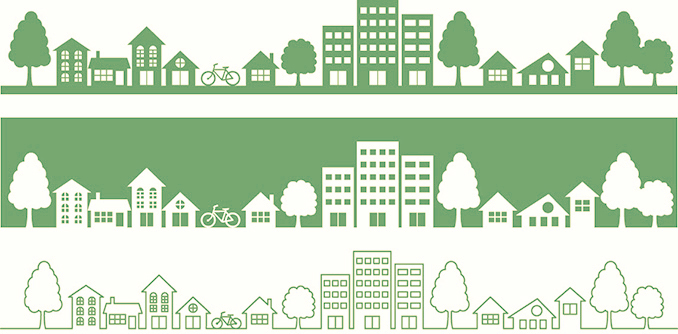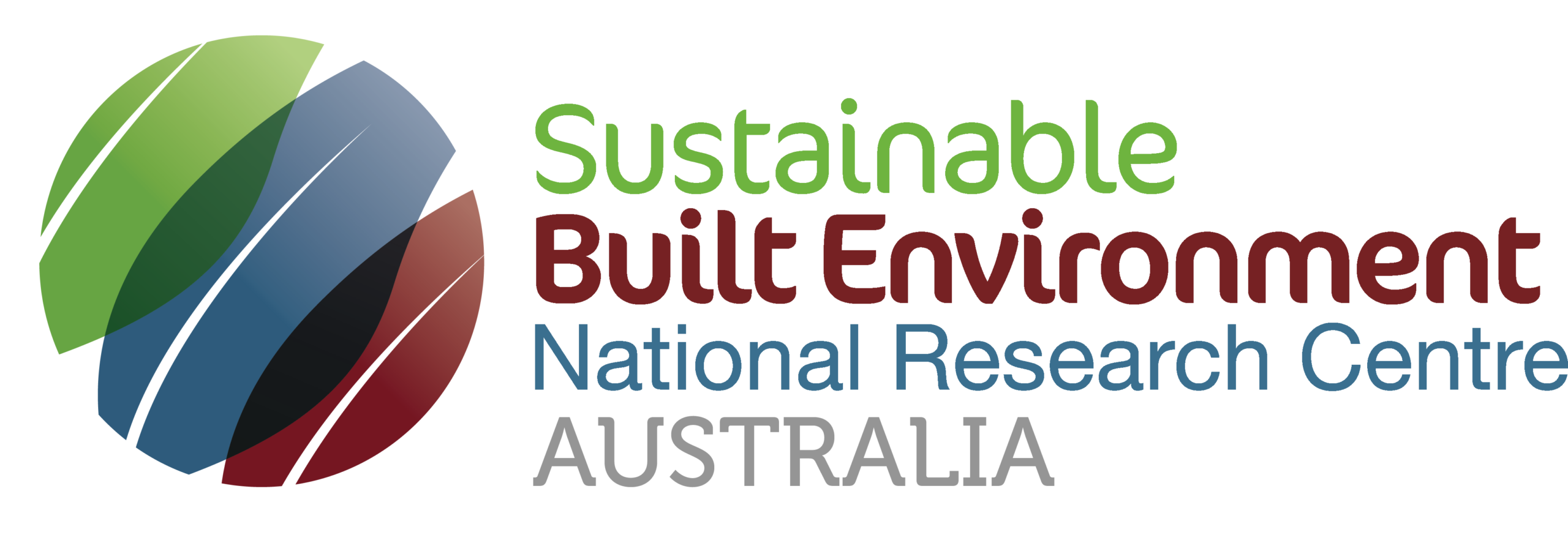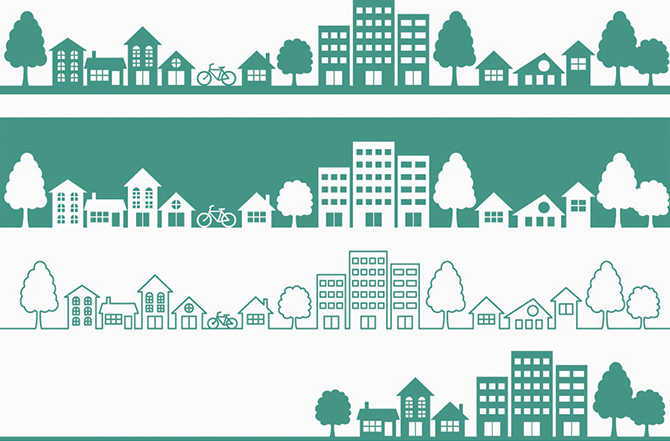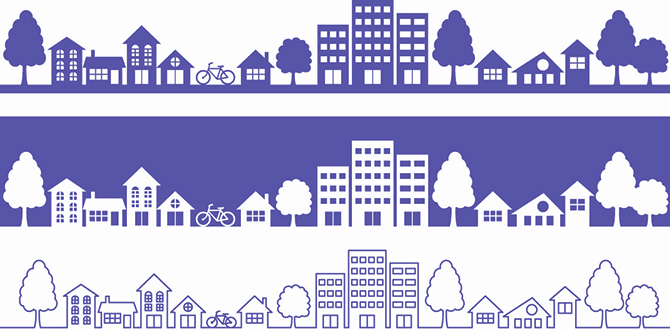
1.61 Mapping the Social and Affordable Housing Network

Project Number
1.61Round
Round 6Date
October 2018 - March 2020Research Team

Chair, Project Steering Group
Sue Ash AO
Non-Executive Director

Senior Research Fellow
Dr Judy Kraatz
BDesSt(Hons) BArch(Hons) PhD
Senior Research Fellow
j.kraatz@griffith.edu.au

Professor
Prof Rachel Ong
BAEcon(Hons) DPhil
Curtin University
Documents for Downloading
Presentations
Mapping the Australian social and affordable housing network – Queensland Maps Presentation, Queensland Government, Department of Housing and Public Works (13 May 2020, 1Mb)
Mapping the Australian social and affordable housing network – Western Australia Seminar Materials (March 2020, 1Mb)
Academic Publications
Kraatz JA, Mapping the social and affordable housing network in Australia, AHI HousingWORKS 16:1 February/March 2019
Journal article: Innovative approaches to building housing system resilience: a focus on the Australian social and affordable housing system, Australian Planner, 15 July 2019
Journal article: Procuring for Productivity, Property Journal, October-November 2019
Media
Press Release (10 July 2020, 172 Kb)
Cities Research Institute Newsletter Issue 1, 2020
Press Release: Understanding housing system complexity (12 July 2019, 172Kb)
Article: QShelter – Housing Matters Newsletter #50 (Feb 2019)
Article: Diversity needed to improve social and affordable housing outcomes, Community Housing Industry Association (CHIA) website (Oct 2018)
Videos
Full Video – Mapping the Social and Affordable Housing Network, March 2020 (5:48)
Short Summary – Mapping the Social and Affordable Housing Network, March 2020 (3:09)
Related Documents
Post-socialist housing regimes in a comparative perspective, József Hegedüs, Metropolitan Research Institute, Budapest, Hungary – Round table discussion, Griffith University, Brisbane (10 April 2019, 2MB)
Kraatz JA (2019). ‘A Composite Approach to Return on Investment: Valuing Social Housing’ in Abdul Lateef Olanrewaju, Zalina Shari, and Zhonghua Gou, ‘Greening Affordable Housing. CRC Press. (Author discount codes to be provided shortly)
Last Updated: 2024-08-21 15:24:32
This research will map the social and affordable housing sector in Australia, to help improve the productivity, effectiveness and efficiency of the system and thus enhance access. A multi-layered supply chain map will be developed to identify the various elements of this complex system, in order to build understanding and transparency. Building on previous SBEnrc research, the map will integrate asset and service elements (around a person-centred approach) across nine domains, including insights on demographics, typologies, social procurement, and funding and financing models. The map will be high level but pragmatic for stakeholders involved in social and affordable housing policy, programs and delivery, to more accurately identify opportunities for improvement and innovation, and targeting of research priorities and skills gaps.
Objectives
The specific project objectives are to:
- Compile relevant information on 11 elements across demographics, housing typologies, policy drivers, funding and procurement mechanisms, infrastructure, asset management and industry capability, in order to describe the current social and affordable supply chain in Australia.
- Consolidate these elements into a series of high level, layered supply chain maps, identifying jurisdictional and regional variations.
- Identify the strengths, weakness and critical junctions between the layers and elements.
- Identify opportunities for improvement in the system; for example, in relation to technical, capability, coordination, cultural or other issues.
- Make recommendations regarding policy, research and skills development priorities informed by the resultant maps. For example, what would need to change for the future system to have the capacity to handle greater diversity of inputs and outputs; i.e. different funding/resourcing streams and delivery mechanisms?
Industry Outcomes
The multi-layered map of the social and affordable housing supply chain in Australia will:
- Contribute to improving industry practice or competitive advantage in social and affordable housing built around outcomes-based assessment.
- Inform changes in legislation based on greater clarity around elements and critical junctions.
- Illustrate interactions between different forms of value, such as to the market/tenants/politicians.
- Highlight incentives and disincentives which exist for those moving along the housing continuum.
- Illustrate funding lines and drivers of the supply chain.
- Identify capacity and skills gaps














